In recent times, the spread of Lyme disease has been somewhat unchecked in several cities in Canada. In Toronto, the disease is transmitted solely by the black-legged tick. While the ticks in themselves are not diseased, they carry the pathogen that spreads the disease.
To prevent Lyme disease in Toronto, the detection of the black-legged tick is very important. Much more than this, early detection in Toronto is the key. While there are several ways to avoid tick bites, it’s best to never get bitten by a tick. The most effective way to keep yourself away from Lyme disease is to avoid being bitten by the black-legged tick.
To make these easier the city of Toronto has devised a plan to monitor the movement and threat of the black-legged ticks. The program, which has been active for a few years, intends to pinpoint the threat of the tick to particular locations around the City of Toronto. The tick monitoring program is contributed to by both the public and government agency. The active tick surveillance map is one that is updated in the spring, this is due to several reasons. As a rule, the black-legged tick dragging surveillance is completed after the dragging is completed and the laboratory tests results are brought in.
Not only are the black-legged ticks established locations already known, but several government agencies have also continued to monitor the establishment of new locations and to ascertain whether or not new black-legged ticks are being established. This is achieved via the Active Tick Surveillance Map.
The process that goes into making the active tick surveillance map is quite straightforward. First off, dragging is done in several areas. Dragging is the process of collecting ticks in the environment, this process is done during the spring or fall period. The choice for the season is not so far-fetched, ticks are most active during the period. These ticks are not just searched for blindly, it is either based on a reported case of black-legged tick infestation or a prior reported sighting.
Once the area is thoroughly searched the result of the search is relayed to the appropriate governmental agency. At the end of the spring season, the areas checked for black-legged ticks are then listed and each of the areas is graded according to the size of black-legged ticks found there. This information, alongside the laboratory test of selected at random from the area that has been searched, is uploaded. A particular area can either test positive or negative for Borrelia burgdorferi, the causative agent for which the black-legged tick serves as a pathogen. An area may also be free of tick infestation and this will be indicated in the programme.
The information contained in the Toronto Active Tick Surveillance Map is made available to the public. The result of the tick surveillance for the last three years is available on the state website. While it is possible to have a black-legged tick in an area in a very low concentration for a brief period of time after which it disappears completely. The state is hoping to completely eradicate the black-legged tick population through the Active Tick Surveillance Map.


